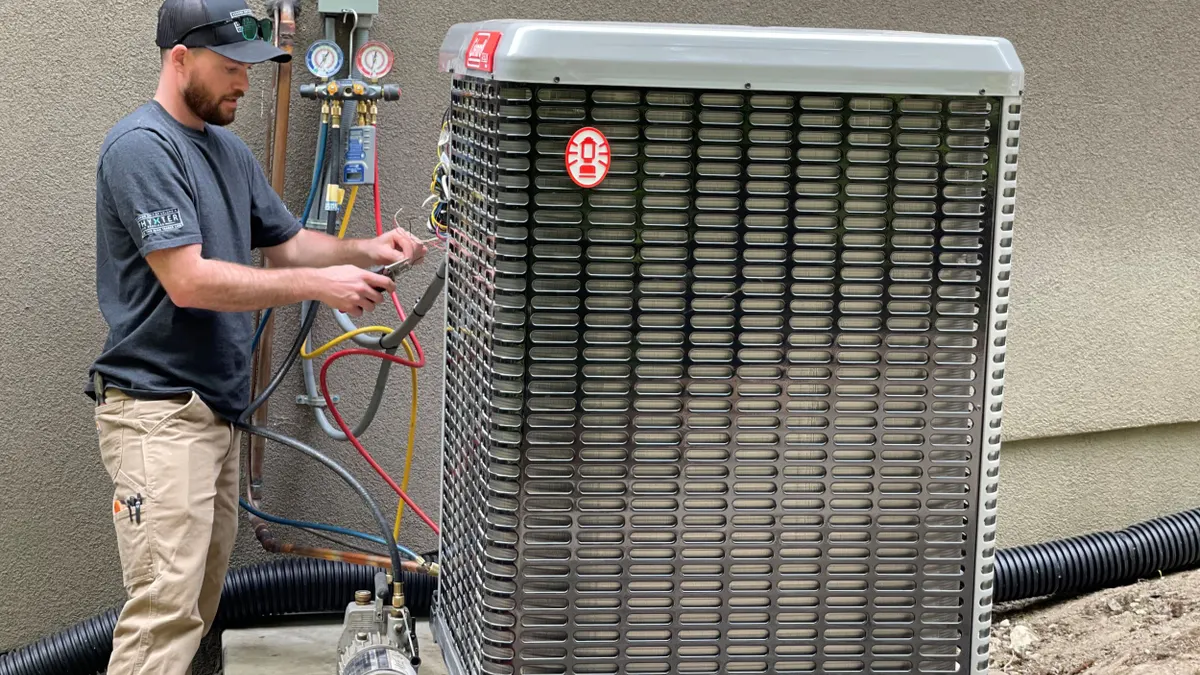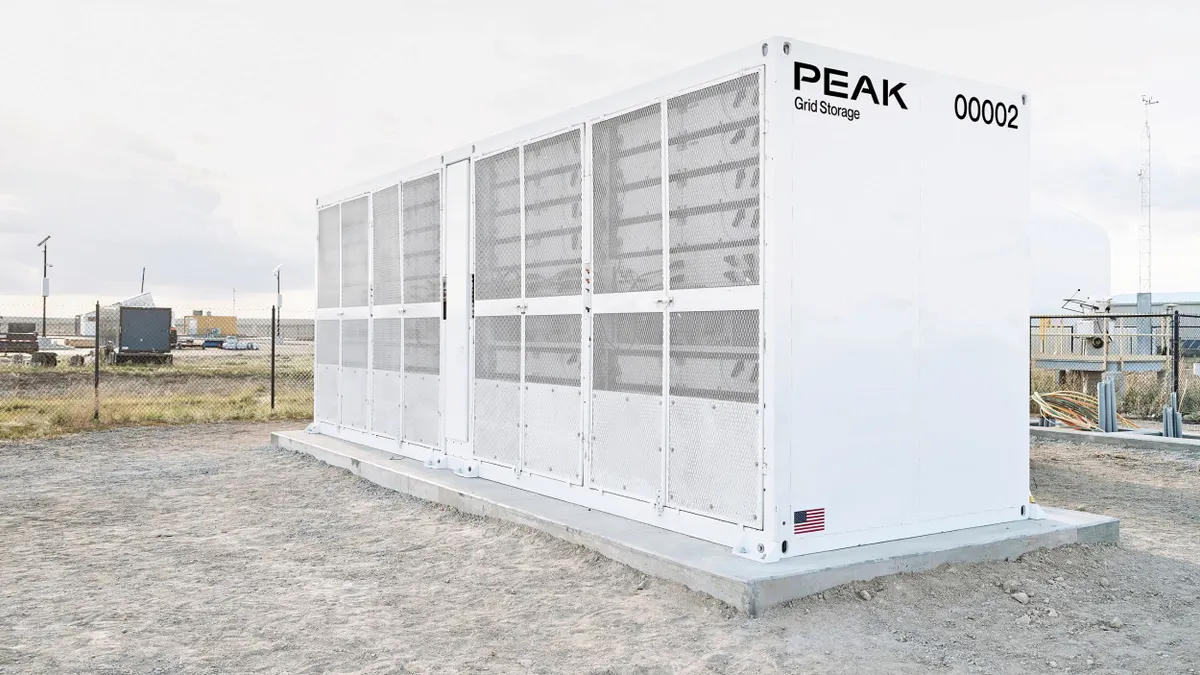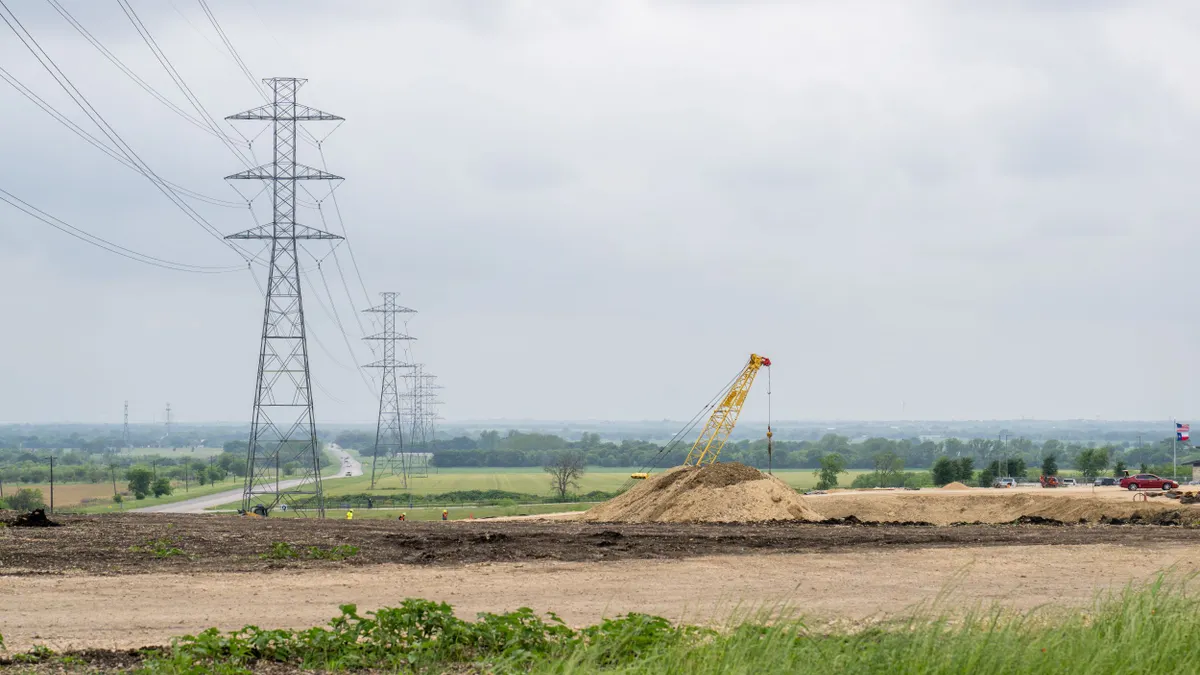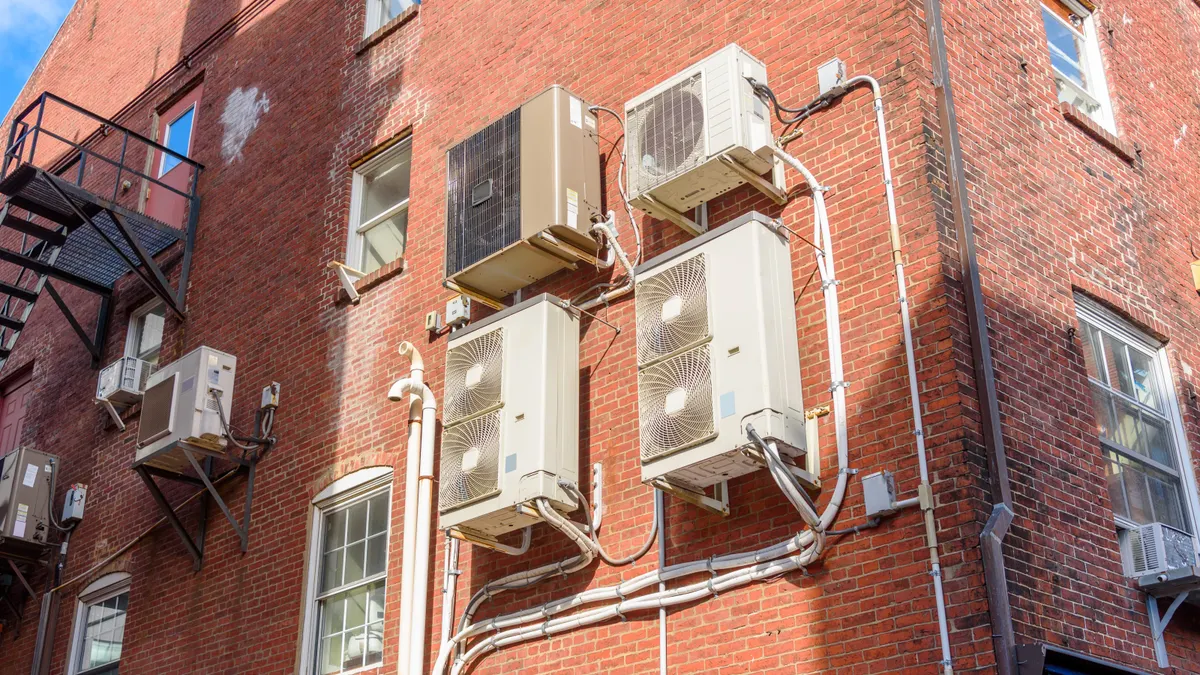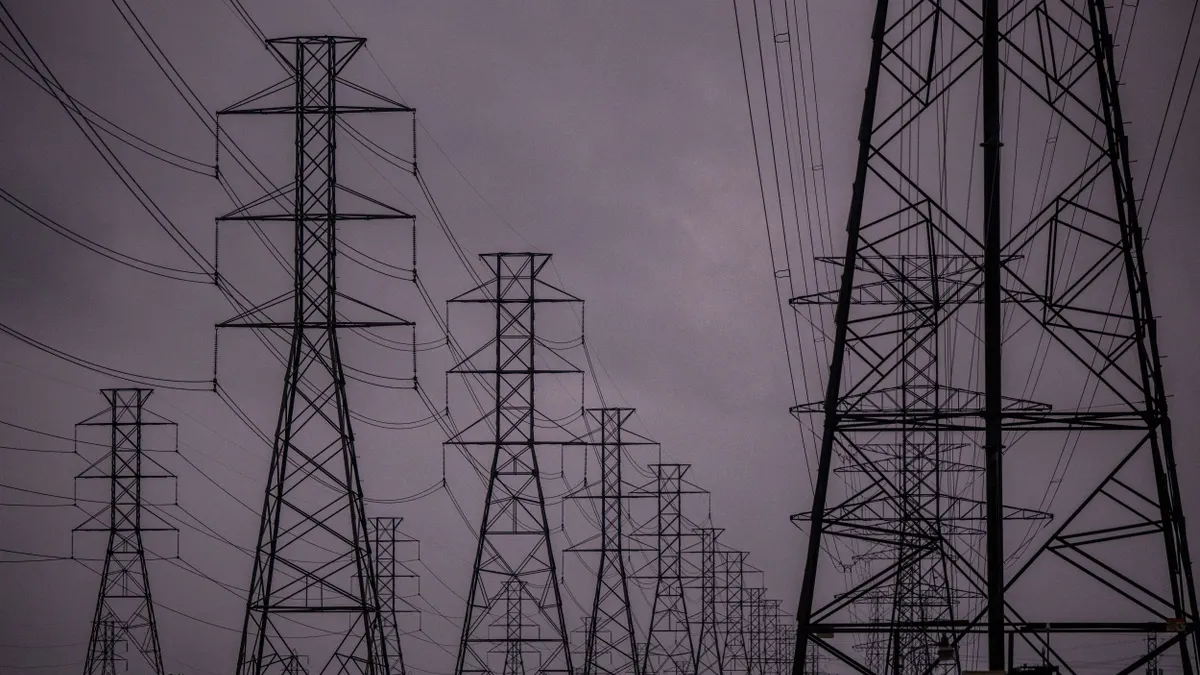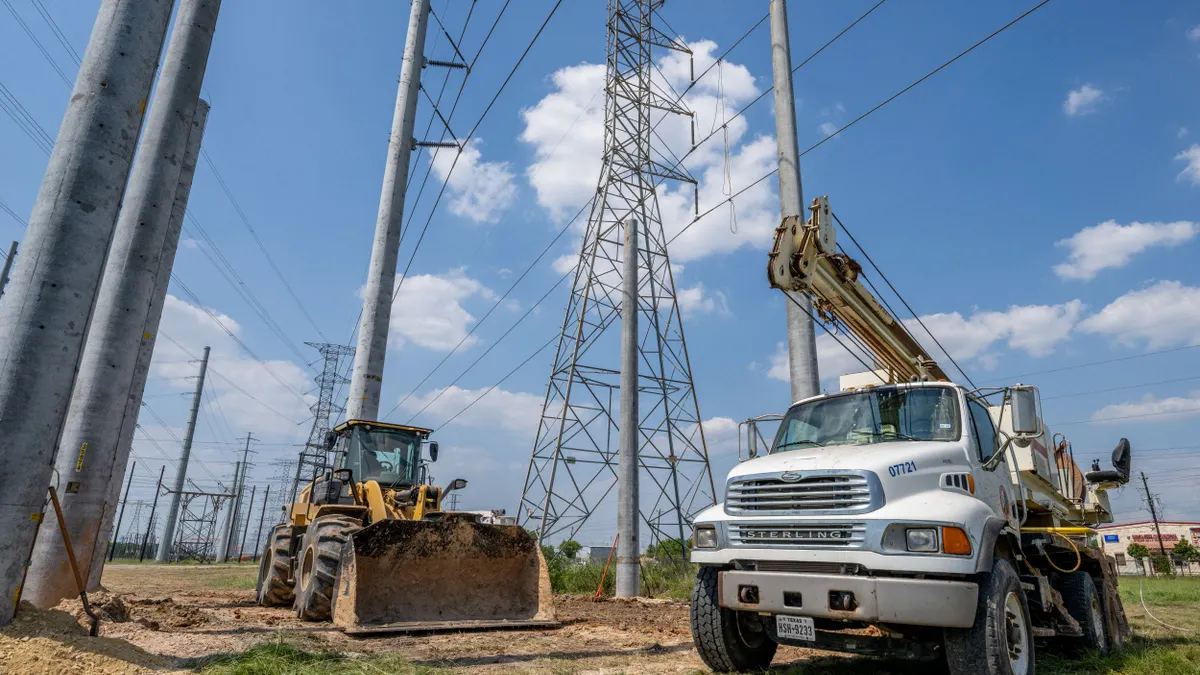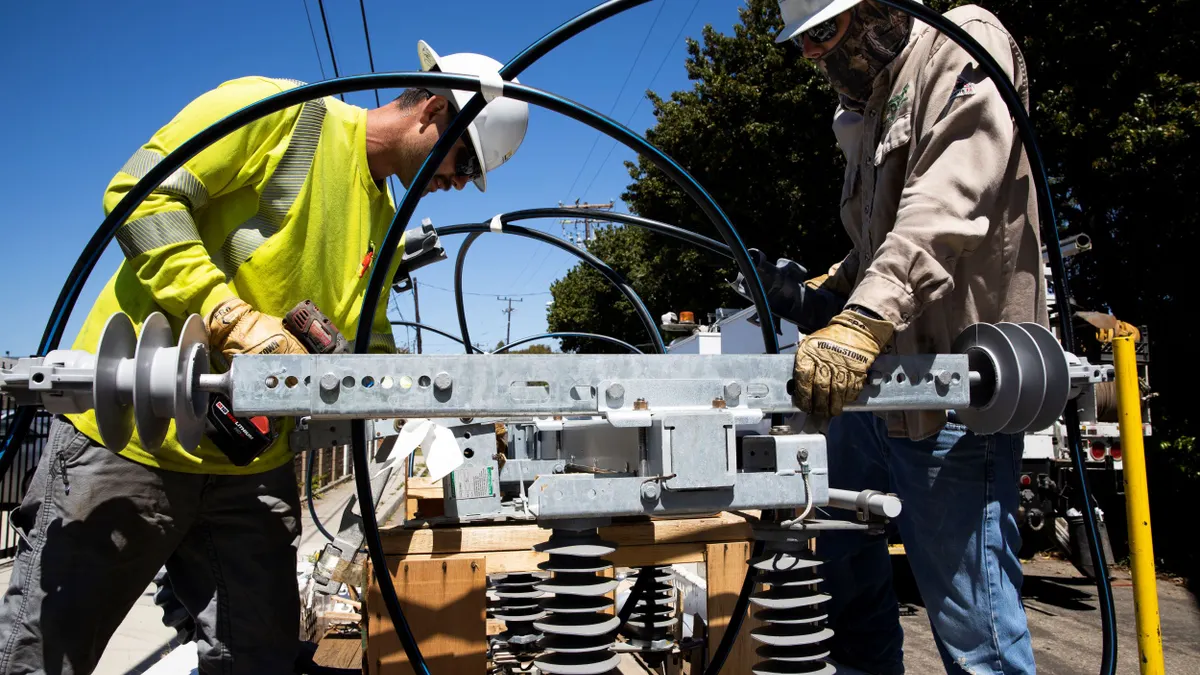Larry Chretien is the executive director of Green Energy Consumers Alliance. Kyle Murray is director of state program implementation and Massachusetts program director for Acadia Center.
Last winter, Massachusetts families found themselves knee deep in an energy affordability crisis.
While massive gas utility spending had quietly caused residential gas delivery charges to creep up 12% to 15% annually for the past decade, ill-timed rate hikes and brutal cold acted as the straw that broke the camel’s back, forcing nearly 27,000 more people to apply for federal energy assistance, an 8% jump over the year before.
And while this crisis hit Bay Staters hard, similar affordability pressures are mounting in cold-weather states across the country.
That’s why it’s encouraging to see that the Massachusetts Department of Public Utilities recently approved a first-of-its-kind seasonal discount for households using efficient electric heat pumps in all three of the state’s investor-owned utility territories. The new rate offers a 6 cents/kWh winter discount, resulting in $540 in savings on average each winter – an important step toward making clean heating more affordable.
But a more ambitious proposal for deeper seasonal discounts for heat pumps from the Department of Energy Resources, or DOER, is still on the table.
That proposal, now under review, could serve as a national model for utility regulators, delivering far greater savings for far more residents, especially those switching from gas, oil, or propane, and those struggling most with energy costs.
The fix is straightforward. Heat pumps use electricity to provide clean, efficient heating during the winter, when demand on the grid is well below its summer peak. That means they tap into existing capacity without requiring new infrastructure.
Yet current electric delivery rates don’t reflect this seasonal efficiency. Instead, heat pump households are often overcharged to maintain a grid that was already built, despite putting no additional strain on it.
That’s why DOER has proposed a new set of heat pump rates to correct an outdated pricing structure that overcharges efficient electric homes.
In a recent analysis, Switchbox found that by adopting this “2.0” rate structure, Massachusetts regulators can nearly double the amount of people who can save money by adopting a heat pump, enabling 82% of Massachusetts households to see median savings of $687 per season. For households using methane gas, which heats more than half of Massachusetts homes, 74% of homes would see median savings of $361 per season after upgrading to a heat pump.
The proposed rates level the playing field, making efficient electric heating a cheaper alternative to gas for most Massachusetts homes.
For homes on heating oil or electric resistance, the benefits are even greater. Ninety-one percent of homes relying on heating oil would save an average of $1,071 by upgrading, and every home upgrading from electric resistance would save an average of $1,755.
For low-income residents who spend too much of their paychecks on utilities, this rate is a gamechanger.
Today, 66% of these households pay more than 6% of their income on utilities, even with full participation in existing discount programs. If Massachusetts adopts DOER’s proposed rates and ensures eligible households are auto-enrolled in income-based electricity discounts, that number could shrink to 30%. For the families facing impossible choices between heat, rent, and groceries each winter, this would offer real, measurable relief.
The DPU’s recently-approved seasonal rate discount for heat pumps is an important recognition that clean heating should be cost-competitive. But DOER’s proposal goes further, offering the strongest, most consistent savings across income levels, housing types and heating fuels. It’s the best chance we’ve seen to make clean heating truly affordable for the people who need it most.
Some may wonder: If I don’t own a heat pump, what’s in it for me? First, this proposed heat pump rate won’t impact other residents’ bills — and it may even help bring down electric bills for everyone in the long term. We can pay both Peter and Paul. The proposed rates merely restore fairness while offering an added bonus. By accelerating heat pump adoption, the state can increase electricity demand in a way that smooths out usage and helps bring down average electric rates for everyone. This trend is already underway in states like Maine, where heat pump adoption has exploded, and analysis shows it can have similar results in New Jersey.
While this proposal is rooted in Massachusetts policy, it reflects a broader challenge facing many states working to electrify heating affordably.
In California, utilities like SDG&E and PG&E offer specialized electric rates for homes with heat pumps, which, paired with high-efficiency equipment, can drive significant energy bill savings, up to $670 annually on average for single-family homes statewide.
In Maine, Central Maine Power and Versant Power offer heat pump-specific rates to support year-round electric heating. In Vermont, utilities like Green Mountain Power offer tiered rebates based on heat pump performance and provide additional incentives for customers who participate in demand management programs, effectively lowering upfront costs while rewarding efficient energy use.
As more states scale up residential electrification, Massachusetts’ 2.0 proposal offers a model for how rate design can accelerate heat pump adoption while protecting affordability.
Massachusetts has committed to an ambitious goal to ensure heat pumps make up 90% of new heating equipment sales by 2040. But if Massachusetts’s electric rates aren’t fair for everyone, the benefits of efficient electric equipment will be lost.
DOER’s proposed rates offer a clear next step to lower energy burdens while helping Massachusetts meet its clean heat goals. The Healey administration has a rare chance to lead on fairer rate reform and make the clean heat transition more affordable, setting a precedent other states could follow. It should seize it.


